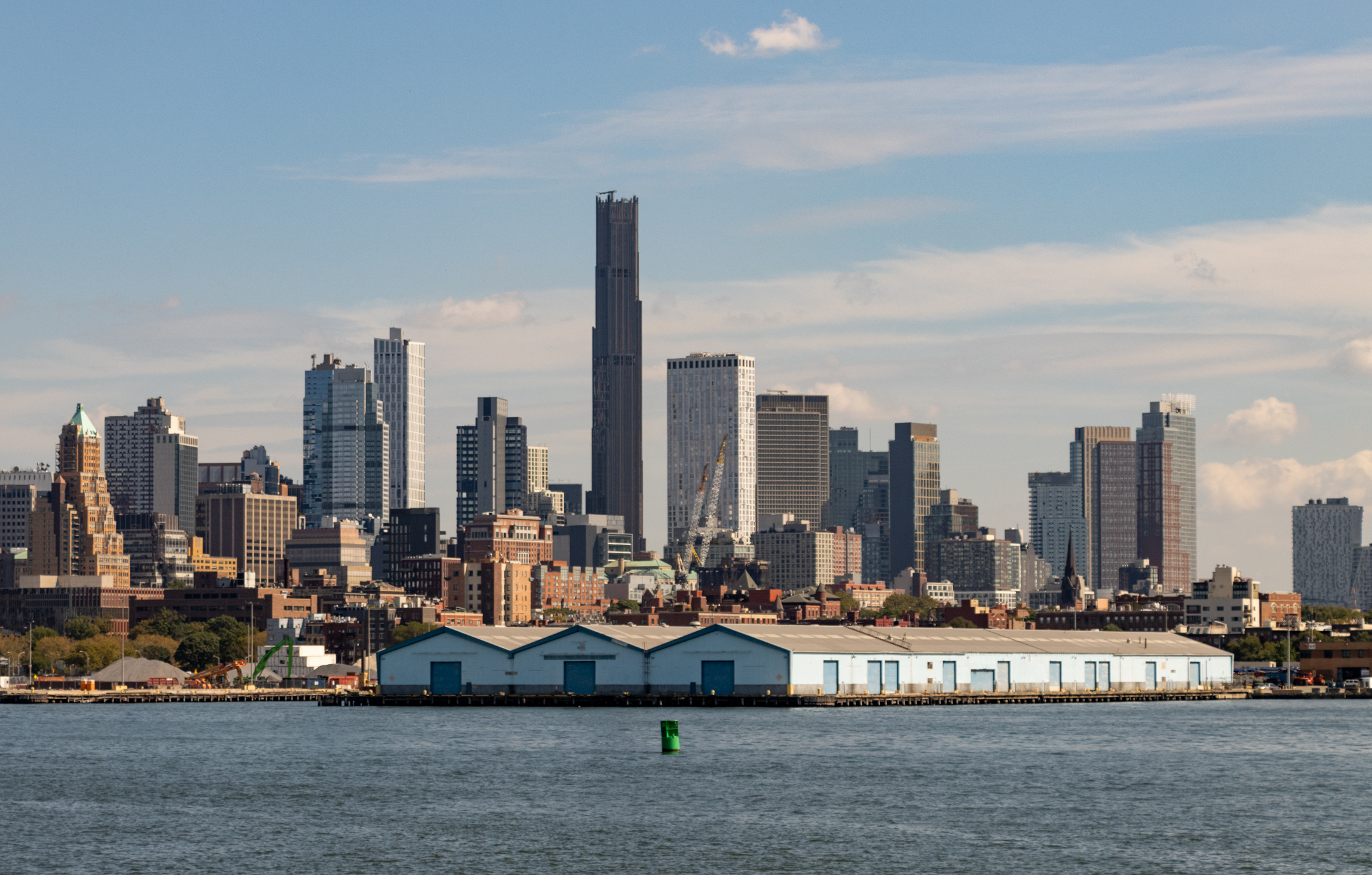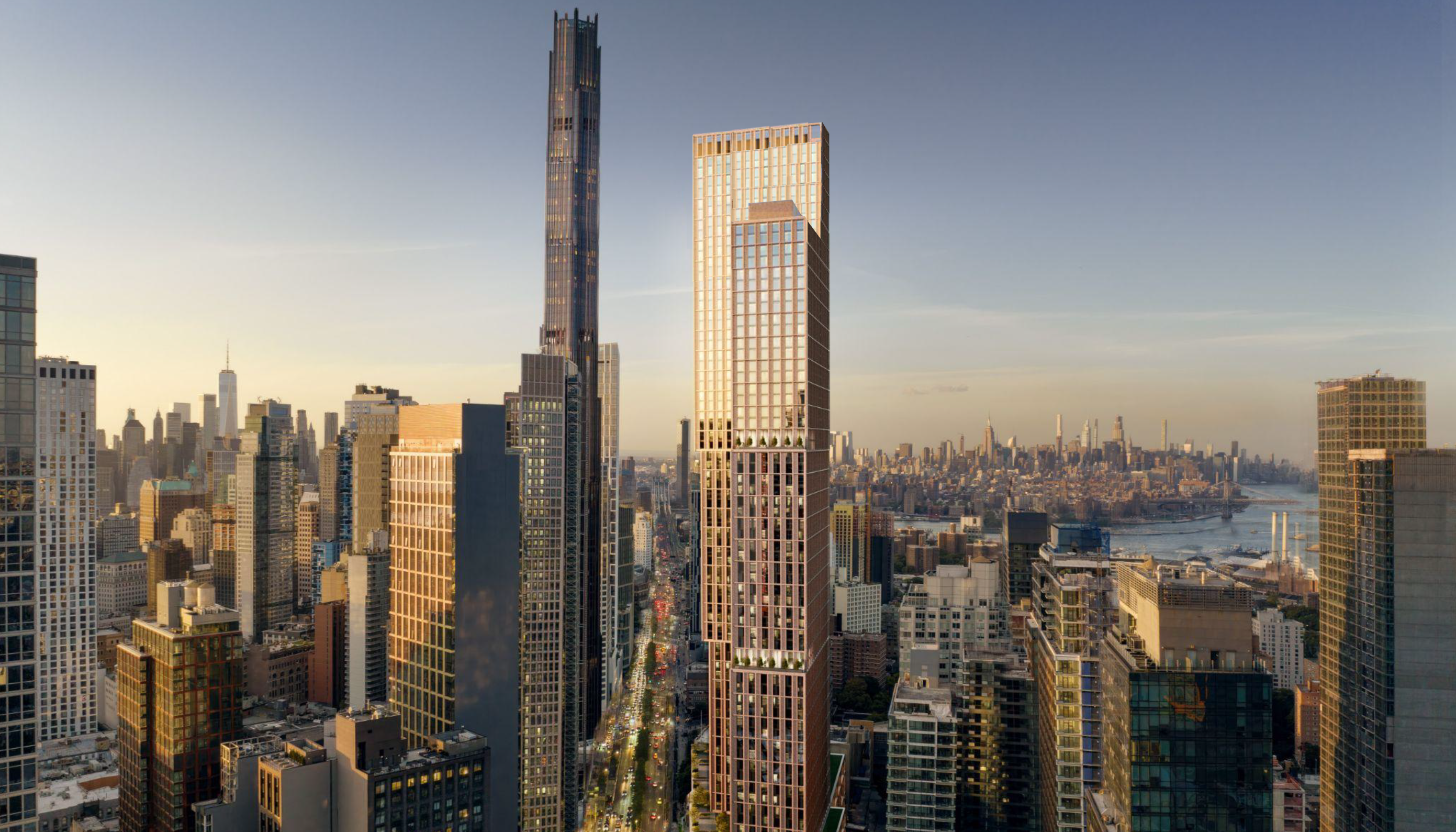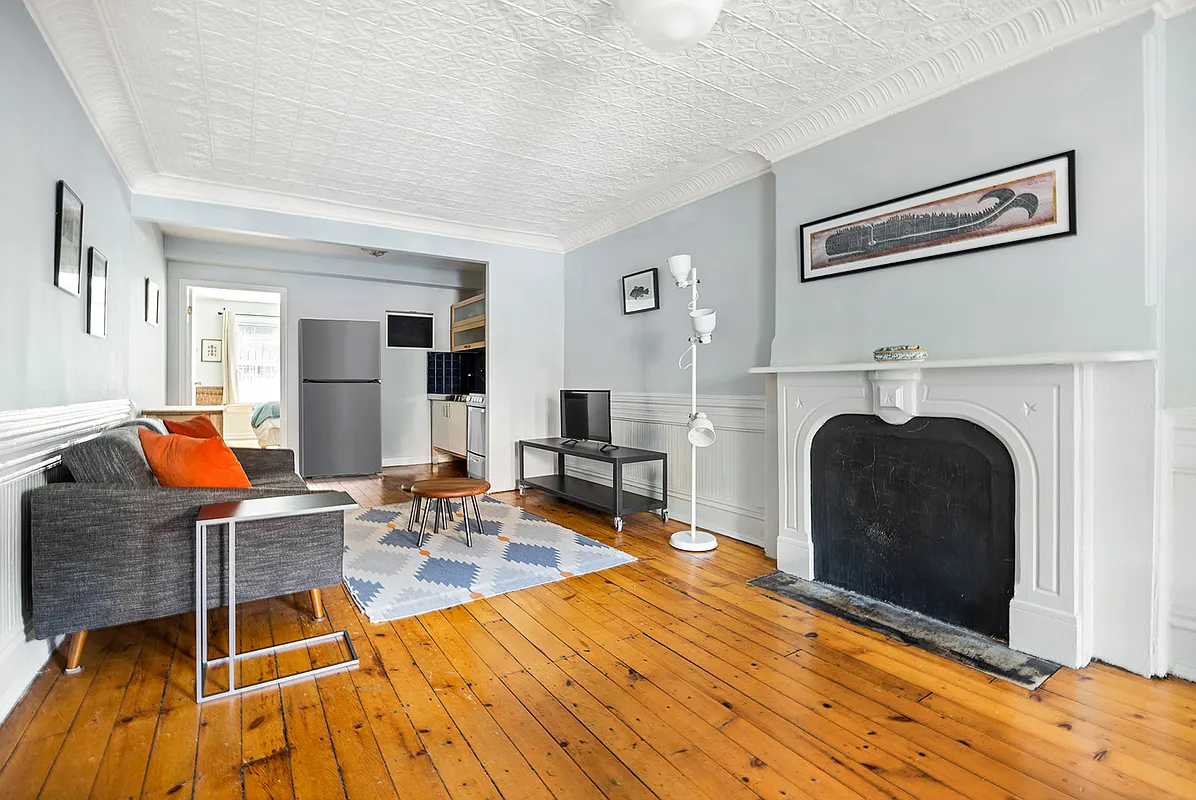Re-examining the Need for 421-a Subsidies
While we weren’t down with their methods, the folks from ACORN who stormed the Beacon in Dumbo a couple of weeks ago did have a point: It’s kinda silly that development subsidies put in place to stimulate building in the depths of the seventies market funk are still being used to put up luxury condos…

 While we weren’t down with their methods, the folks from ACORN who stormed the Beacon in Dumbo a couple of weeks ago did have a point: It’s kinda silly that development subsidies put in place to stimulate building in the depths of the seventies market funk are still being used to put up luxury condos in fancy neighborhoods in the biggest real estate bull market ever. Ariella Cohen digs a little deeper on the subject in this week’s Brooklyn Papers and finds that, in addition to the Beacon (which she reveals is 75% sold!), there are another 28 buildings currently in construction in the borough’s more upscale nabes that are benefiting from the same 15-year tax break. Except for the recently rezoned Williamsburg and Greenpoint waterfront, these subsidies carry no requirement to include affordable housing.
While we weren’t down with their methods, the folks from ACORN who stormed the Beacon in Dumbo a couple of weeks ago did have a point: It’s kinda silly that development subsidies put in place to stimulate building in the depths of the seventies market funk are still being used to put up luxury condos in fancy neighborhoods in the biggest real estate bull market ever. Ariella Cohen digs a little deeper on the subject in this week’s Brooklyn Papers and finds that, in addition to the Beacon (which she reveals is 75% sold!), there are another 28 buildings currently in construction in the borough’s more upscale nabes that are benefiting from the same 15-year tax break. Except for the recently rezoned Williamsburg and Greenpoint waterfront, these subsidies carry no requirement to include affordable housing.
Dated Perks Subsidize Luxury Condos [Brooklyn Papers]





“… your logic to its end would require a faith in Density…”
that is the real world trade-off we all face. Make housing more plentiful (dense) and affordable or scarcer and less affordable.
“If a property owner doesn’t want to tear down their property to build up, they don’t have too.”
Of course not, but people will sell for a profit if enough can be gained at some point.
I think you are at least agreeing with me that hard costs are much smaller than acquisition costs. I hope you then will agree that acquisition costs are high because of scarcity. And then you have to wonder why we have scarcity.
We certainly should move forward with the revamp of the building codes. And even in the proposed revamp there are many wasteful provisions, including requiring the use of certain NYC licenced contactors, which are guaranteed to drive up costs.
Fundamentally, you are resiting following through my example. You can pick a few tenaments in any prime neighborhood where there are towers a few blocks away. Why aren’t these converted to larger scale housing? Do the owners not want to make a lot of money? It could happen right *now*. But it won’t. There must be some reason.
zoning isn’t strict in NYC which is why developers can get variances. Brooklyn Law School dorm is a case in point. RC/RS is not the main problem either. THere are a whole lot of factors that go into creating any market- and in strictly business terms, tenants are a developers’ business. Why shouldn’t developers and landlords have constraints on their treatment of clientele? Sotres do. The car industry does- no one complains about the protections in place, like the lemon law. Or child safety stantards. What we have always seen is that if people are allowed to do whatever they want, they do it with a vengenance.
I grew up in big projects- middle income ones- in the main they are dehumanizing and depressing. Humans aren’t meant to live like that, money or not.
JoshK, if NYC is just too restrictive for your AnnRayndish dreams of unconstrained new development, maybe NYC (let alone charming ol’ Brownstone Brooklyn) isn’t the place for you.
I’m thinking Dubai would be a better fit.
I hear ya josh!
I livi in cobble hill. If you want to see where they are likely to build big ass toweres that I fear have a look at this map. The big open space is old piers that are currently leased to American Stevedoring. That lease is up in about a year. It’s outside the Cobble Hill historic didtrict, and believe me, some developer will get a sweet deal to build something there. That whole big blank spot between Congress and DeGraw…view of Gov Island, statue of liberty, all of upper ny harbor….
http://www.mapquest.com/maps/map.adp?ovi=1&zoom=9&mapdata=qNCyos1mfP7b%2b0Ty0%2frA6ohqYjXukrK%2bpLL0AS2kLXoJ%2fvftlMnW9cTJQessNw8S%2fPhuN2qQg3G0p3AjjANRCE24jF%2fz5gEM3YVuweEVBjIpC6p34F4efEDhRP2D0bwRxNzMPL5hrHHU%2bNigA1H5S4AU7QkoyY2SJ9aczL7p%2fp%2frp37pUqCqGZ1k9h7shjRFQDIsy19W7UWS62sCndK7laCILvyfOK8T6RHQqwWVnIUbHLQrBcwV3OQc3q4ZeIaJNDpVGD1a87k6pnFKDAE%2bMDffFYwdxnqr4ObFwaHn3gnmaOKJeZA%2bjYcRHqHdN2xV%2b18PTp%2bWFayag2Zwll0kExDoQQ19nmOl5F8DyQklTB%2bOyWGzlxRQ8S4nBlFE44700nheS3X1DIt8QpIfko9Ht9XvETe%2b76zCgUJuBXvtloadnp5aGu40kFCrdv9fB5sPM83k6lRO1%2bJ5iEfcDBLaNvwWy5zOIv2ktDYRZZWm8y5fuLSOIRZOzWft%2fDS6UShI18SjxWkfm%2bhFI9VowEEgDjj%2fDPcZGvrdxGAs0a%2bZ8kgFy07CMzO6DcC6FZiOBYNyAUb7xxNfGjZl64FhbfUCpwFcAdi4XGWqsA1meQNP4AMUX%2fZg70nGivtgAGbNs%2bz2WIcjzyS%2fkGAZYYPnCgUPyCoqKig%2fz1hnBM%2fHIQVnHNO9PAiMRdKwUiR1dEH6kLh4IvhtyNEQciEnPWsMeWs%2f9AG3XjNONr8RvoVCrRcVasg%3d#map1-linkmap1-link
I meant “sell off”
03:10,
It’s hard to say if a 15% drop would be good or who it would be good for and who it would be bad for. It also depends on your cash situation.
But, a nice reversal and a sell of in the long run could make it a lot more affordable for …. Me!
Zoning in NYC is notoriously stringent – in fact, it is in the whole Northeast. With demand as high as it has been, Zoning is what has kept Cobble Hill, Park Slope and countless other neihborhoods limited to 6 stories or less. If NYC had truly lax zoning, half of brooklyn ould have been plowed under to put up towers, not the comparably isolated towers in Williamsburg/Greenpoint. We would have seen many more 30-storey buildings in ‘prime’ neighborhoods if it wasnt for restrictive zoning. with that limited ability to build housing, housing prices go up because of limited availability. If you want affordable housing in a dense market, you need to lessen zonign to increase density, creating more units and increasing affordability. If you do the math, it does not add up – a desirable, safe neighborhood gets expensive because there are not enough units for sale there as people decide to move in.
Dave,
“…provide me an example of a landmass the size of Queens, within the 5 boros, that can be subdivided and built on…”
We can build up today. Walk around prime areas and count how many grungy old tenaments you find.
Also, the large boom in building up in Manhattan was done by tearing down existing buildings. Notice that the decreaes in permits is exactly after the enacting of the rental and zoning laws. It’s a quite stark shift that can’t be explained by saying that all of a sudden Manhattan was “full”.
“‘Labor is one of the most significant components of housing construction costs, generally constituting half of hard costs…'”
But hard costs are dwarfed by acuisition costs.
There is a mix between materials and labor, and certainly labor is higher here. But, you have to get the property first to build.
But, do the math yourself. If you buy a few tenaments and then tear them down, that might set you back 50-70mm. Then you would build up to the point of diminishing returns, hitting maybe 50 stories or so, where the marginal costs start to increase dramatically.
It’s a formula to make a lot of money, so why doesn’t this happen up and down the city, especially in the prime areas?
Because it is almost impossible to both vacate the buildings and to get the zoning to build up. You have to purchase extremely expensive air rights – if you can get them.
Again, I agree with you that raw factor costs are higher in NYC. But, they don’t explain at all the higher housing costs.
So Josh, in reality, a 15% drop in housing prices would be good then, because it would make housing more affordable right? Less than half of New Yorkers own their own homes, and more would like to, so it would be good for the economy if prices fell 15%, becuase more houses would be affordable for people priced out now. Bad, obviously for people who bought at the top, but good for the masses.